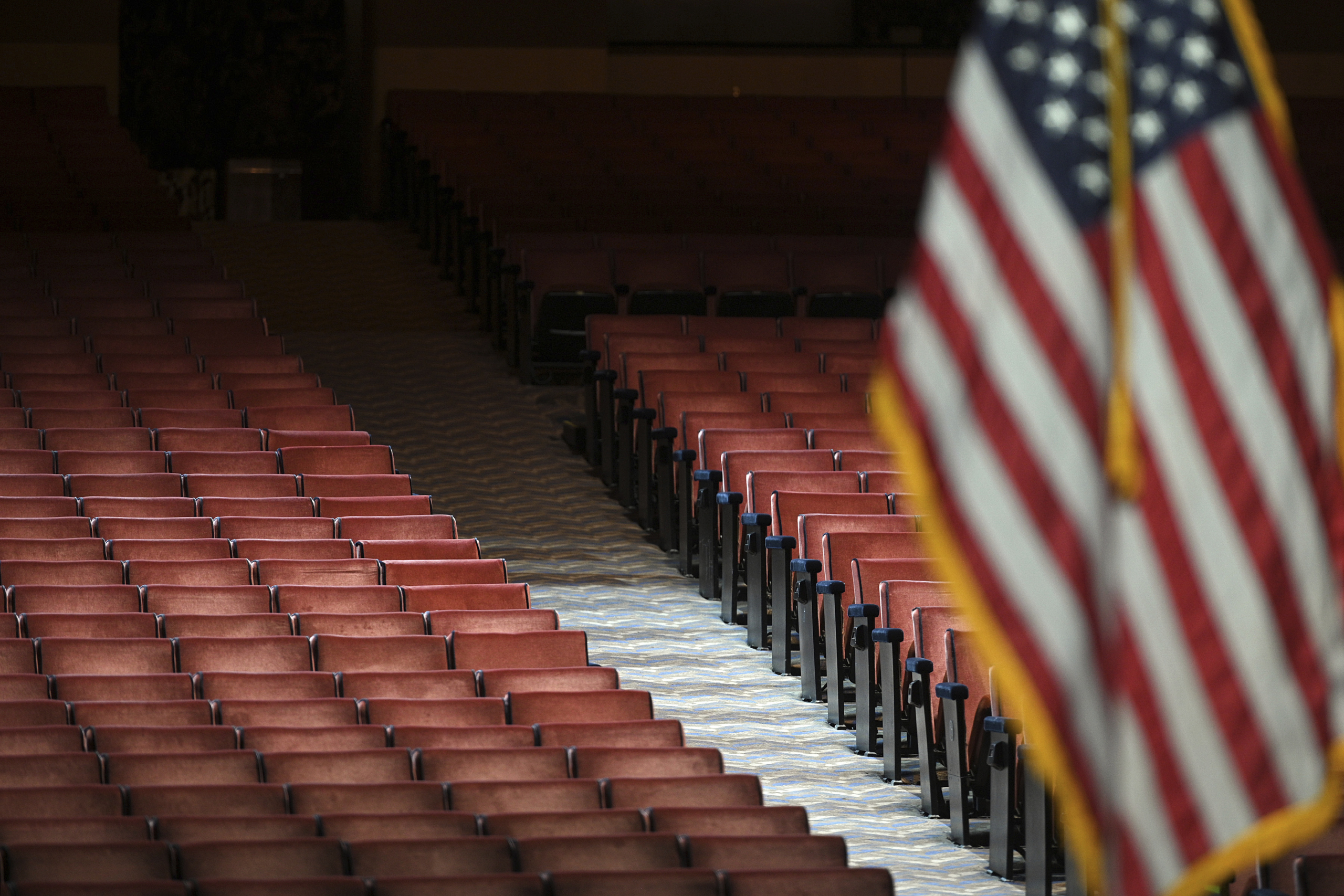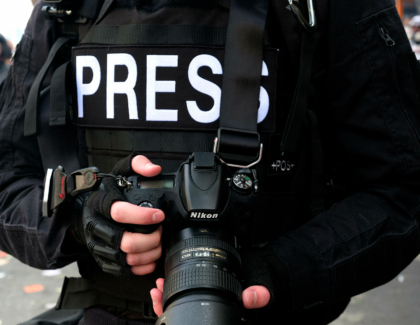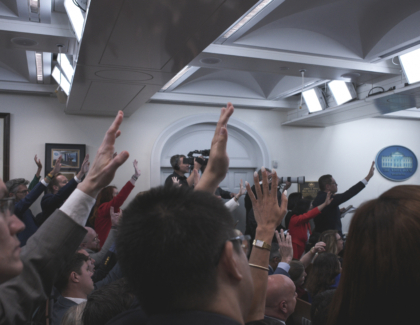Sign up for the daily CJR newsletter.
At a post–Memorial Day event earlier this year, Elissa Slotkin, one of the nation’s top Democratic candidates for US Senate, had almost all the ingredients in place for an effective swing through northern Michigan: beautiful weather, a prime location in the middle of the biggest metro area for a hundred miles, and a packed audience.
Yet upon a closer look, the crowd—bathed in hues of blue from the sun reflecting off Lake Michigan—was missing something.
There was nobody in attendance from any of the local television affiliates or the region’s paper of record, the Traverse City Record-Eagle. Instead, the event was being covered by a single public radio affiliate from the nearby artsy town of Interlochen; a reporter for Michigan Advance, a nonprofit startup; and me, a New York–based journalist dropping in on an election with national implications.
It was a prime example of a media problem that campaigns and political-communications experts say is reshaping how they approach election season: the steep decline of local news.
“When I started out, twenty years ago, there were multiple reporters at small-town dailies who covered politics,” said Jared Leopold, a Democratic communications consultant. Now it’s a slog to get local reporters out to regional stops—especially local television, whose coverage campaigns highly covet.
“On a weekend at a TV station, you may be down to one day-side reporter,” said Mark Naymik, the managing editor of the nonprofit Signal Cleveland and a former enterprise reporter for Cleveland’s WKYC Channel 3. “There is a lot less attention on the ground game, the organizing, the unregistered voter that both campaigns don’t really target. It’s not worth their effort.”
Seasoned journalists and campaign professionals have seen the dropoff cycle-to-cycle over the past couple of decades—long gone are the days of a van just for the local press corps to follow a candidate around—but the dearth of local coverage has become particularly acute in recent years.
That’s forced campaigns to rethink how they communicate about their candidate’s policies and personal backgrounds with the very people whose votes they need. “Sometimes I’ve had to employ the strategy of getting the national press to cover something just so the local press will pick it up,” Leopold said.
Michael Ceraso, a Democratic communications strategist and a former campaign staffer for Barack Obama, has observed a similar shift. “When I started being introduced to comms, the priority for local newspapers was so big,” he said. “A newspaper with ten thousand subscribers was sometimes treated as important as a newspaper with a hundred thousand subscribers in a state.” Now, he said, “if you’re a comms person, you can’t be pitching anybody other than national reporters.”
All this leaves campaign professionals with little choice but to run—and fundraise—on the kinds of (often divisive) national issues that get the attention of cable news. “There’s no ability to amplify at the local level,” Ceraso said.
It also makes it harder for strategists to evaluate how their messaging is landing or to connect with potential audiences in smaller towns. Without the metrics of story placement and letters to the editor, Ceraso said, there is less data to draw from. And without local news to spread the word about events, it’s harder to build momentum in communities. “As a comms person, 80 percent of what I do is like, Okay, I’ve got to organize the event, and then I’ve got to pitch the reporters,” Ceraso said. “And if you have less media to choose from, the outcome is going to be a lot harder.”
Social media has partially filled the void, Ceraso added, pointing to community Facebook groups as the closest thing many voters have to a local paper. But “there’s still an emptiness there.”
Local news reporters who focus on politics say the sense of abandonment goes both ways. Morgan Trau, a Columbus-based politics reporter for News 5 Cleveland and Ohio Capital Journal, told CJR that she gets much less communication from statewide campaigns than she used to; when she does, it’s often little more than a quick text or email about an event. The candidates themselves may still care about local news, she added, but for the broader campaigns, “it definitely doesn’t feel as press-forward as previous years.”
Ceraso suggested one reason why some campaigns may be reaching out to reporters less: they don’t always know who’s still on the job. “I imagine it’s much harder for the newsroom, much harder for the reporter,” he said. “But for the comms person, it’s just hard to keep track, because newsrooms are shuttering every day.”
Has America ever needed a media defender more than now? Help us by joining CJR today.







